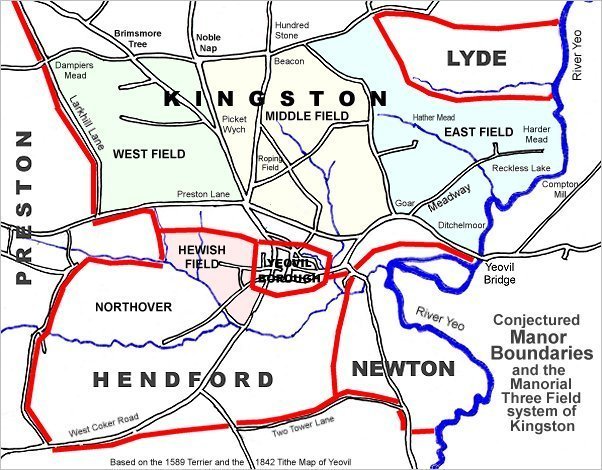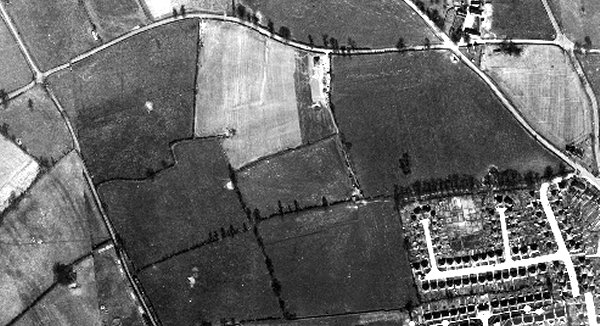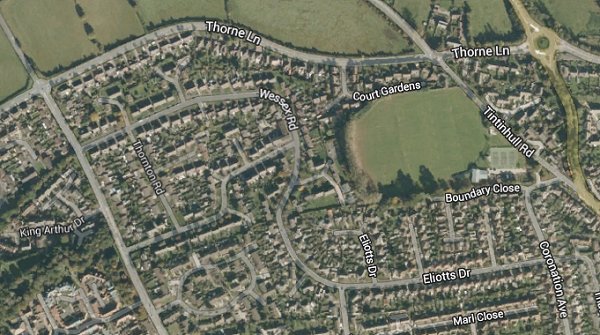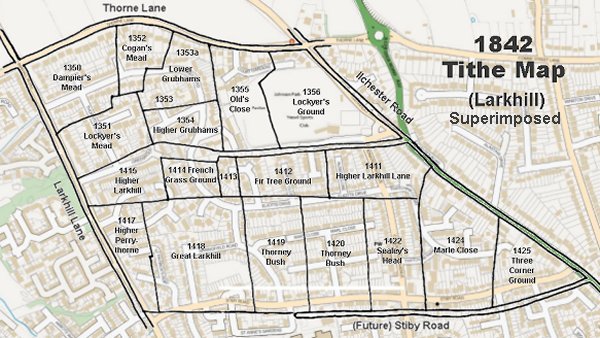higher Grubhams
higher grubhams
A former part of the great West Field of Kingston Manor
Grubhams or Grobhams may derive from a personal name of a former owner or may, as suggested by Goodchild, derive from the Middle English grubbed meaning land from which trees and shrubs had been cleared.
Originally one large field and part of the great medieval West Field of Kingston Manor, it was referred to in the will of William Newman, dated 1727 ".... crop of wheat on Grobham's Ground." By the time of the 1842 Tithe Map the field had been split into Lower Grubhams (1353) and Higher Grubhams (1354).
Higher Grubhams was a field of Larkhill Farm and was noted in the 1846 Tithe Apportionment as 5a 1r 12p and used as meadow - grassland not regularly grazed by livestock but allowed to grow unchecked in order to produce hay. It was noted that the owner at this time was William Jones Prowse and the tenant was James Pope.
Higher Grubhams (Parcel 1354) was bounded to the north by Lower Grubhams (1253 and 1353a), to the east by Old's Close (1355), to the south by an extension of Higher Larkhill (1415) and to the west by Lockyer's Mead (1351).
Today the site of the former Higher Grubhams is occupied by the houses and gardens of Wessex Road.
For details on historic land measurement (ie acres, roods and perches) click here.
maps

This map, based on the descriptions in the 1589 Terrier and the 1846 Tithe Map of Yeovil shows the approximate boundaries of the Manors of Kingston and Hendford as well as the manorial three-field system used in Kingston.

A conjectural map of the great West Field of Kingston Manor showing ancient sub-fields, most likely common fields, within the overall bounds of West Field.

The Larkhill area reproduced from the 1842 Tithe Map. Higher Grubhams is top, left of centre.

The 1946 aerial photograph showing Higher Grubhams at centre, below the lighter field, Lower Grubhams.

The same area today 'borrowed' from Google maps.

The 1842 Tithe Map superimposed (slightly out at the bottom) over a modern map.